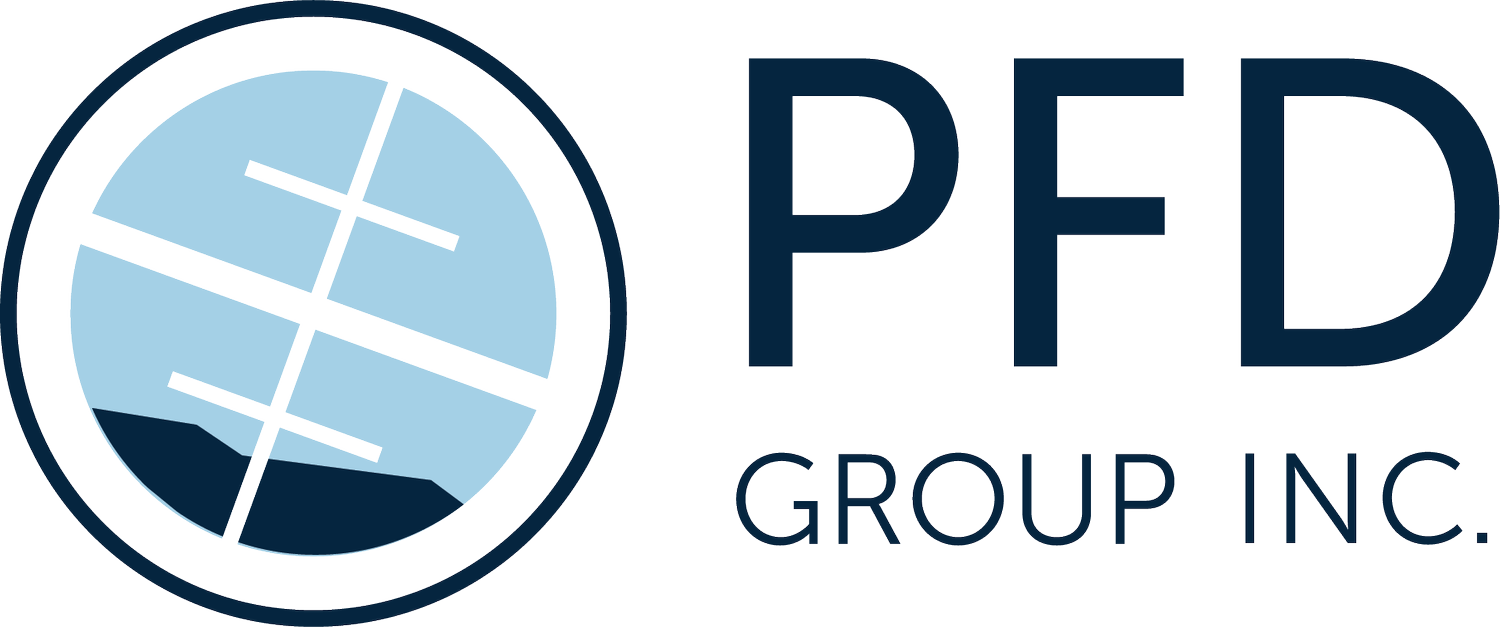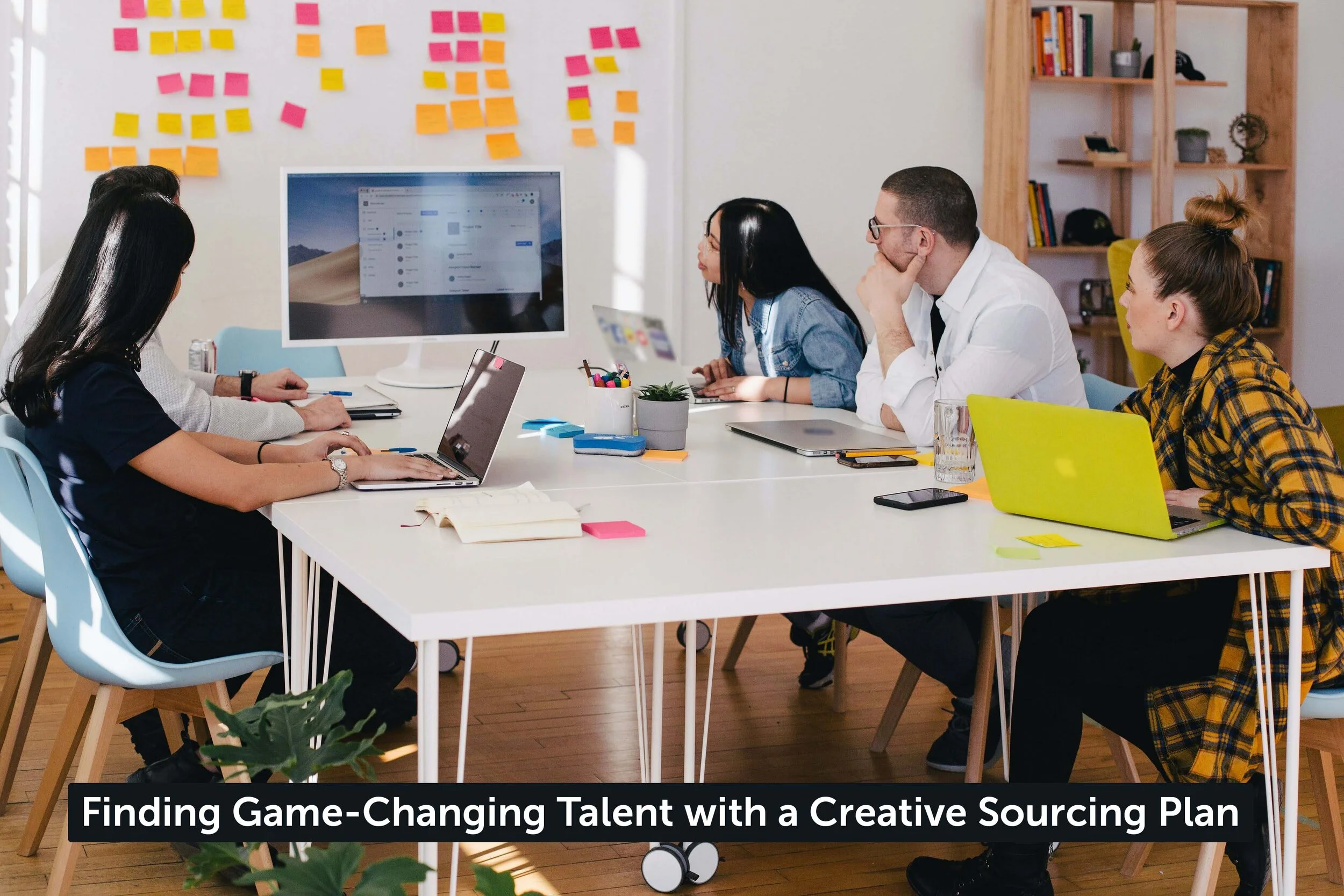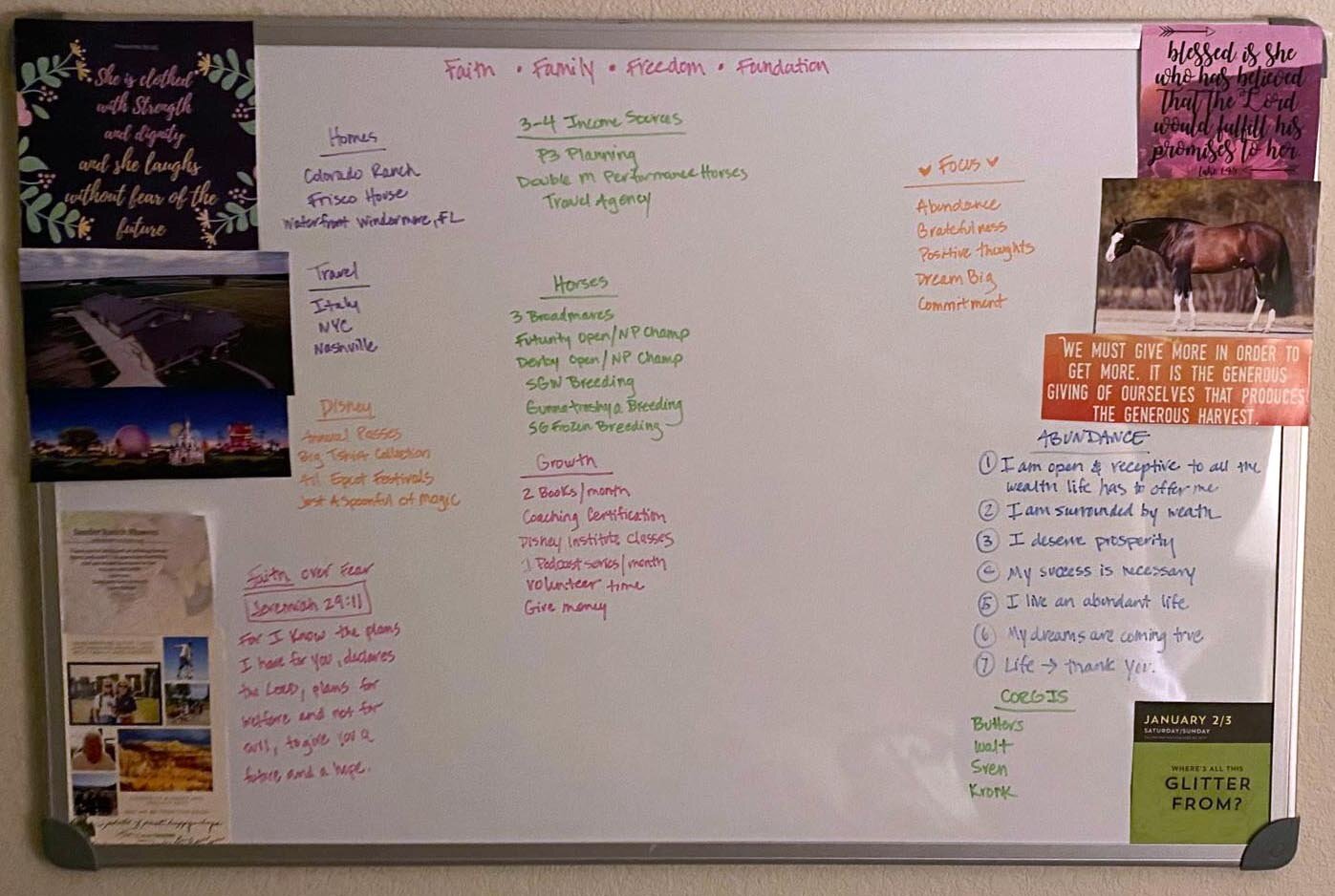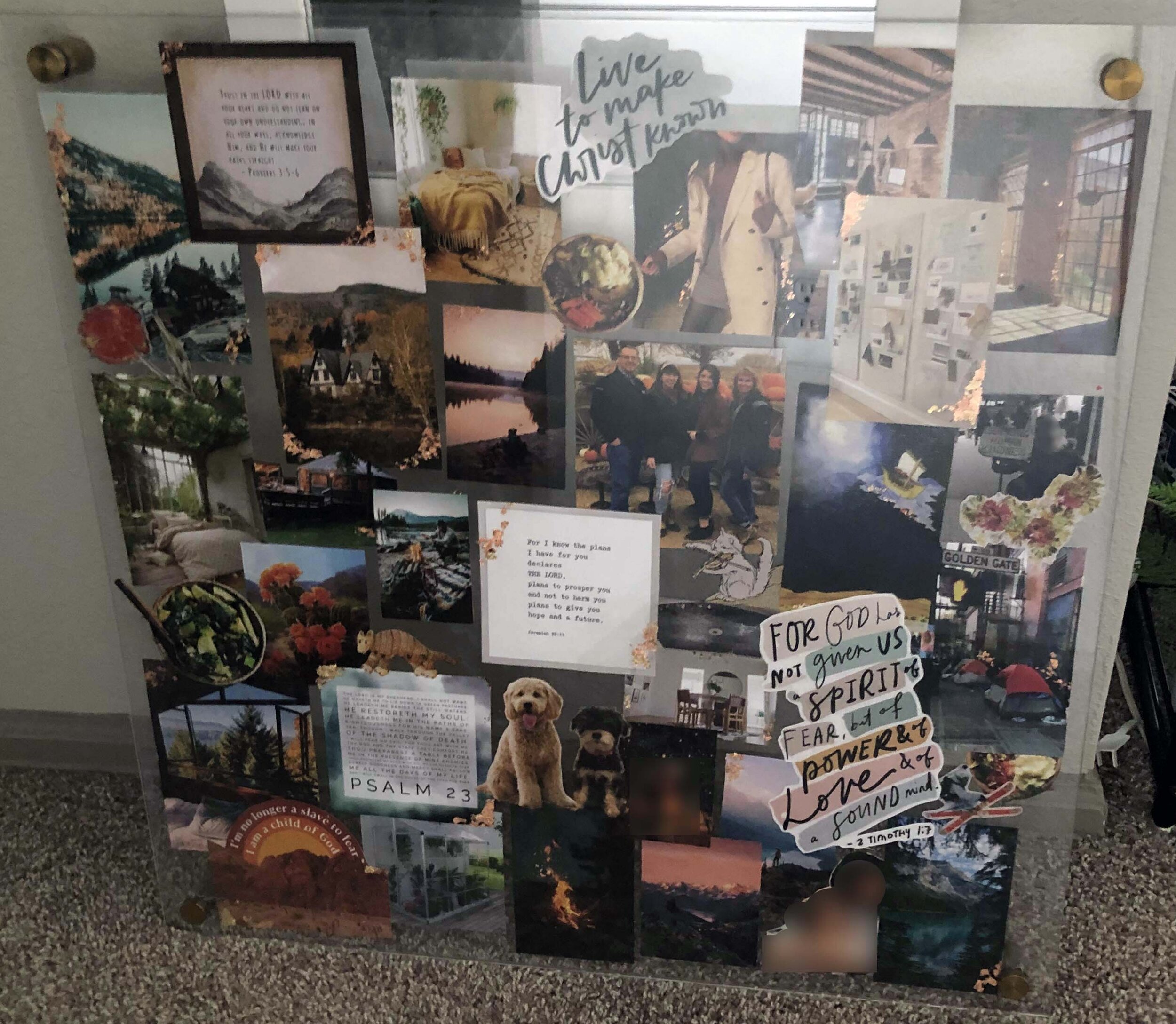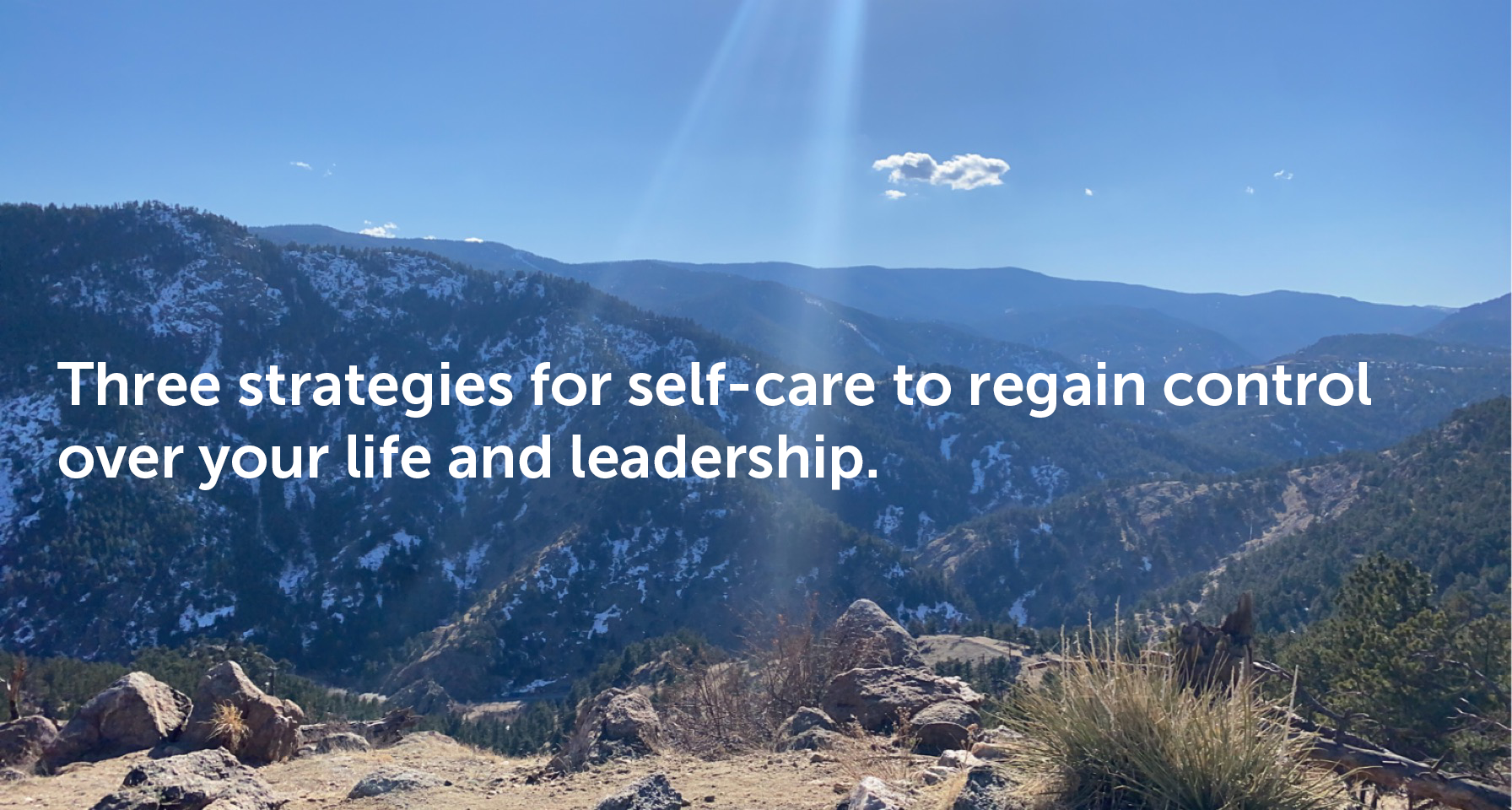Even the most seasoned CEOs face times when the path forward is unclear, the decisions carry weight, and guidance feels out of reach. In those moments, what if you could draw on the wisdom of leaders like Warren Buffett, Martin Luther King Jr., Sara Blakely, or Nelson Mandela?
An AI Advisory Board makes that possible. By thoughtfully curating the perspectives of history’s most effective leaders, you can systematically bring their insights into your most important decisions. Instead of defaulting to generic advice or falling back on your own limited vantage point, you can widen your lens—challenging assumptions, surfacing blind spots, and leading with greater conviction.
How to Get Started
Creating your AI Advisory Board is simpler than it sounds.
Select Your Voices
Choose 10–15 leaders whose wisdom reflects both your personal values and your organization’s biggest challenges.Craft Thoughtful, Specific Prompts
Ask targeted questions that bring their distinct perspectives to life:“How would Peter Drucker frame this management challenge?”
“What assumptions would Jim Collins push me to re-examine?”
“How might Maya Angelou guide my decision toward greater integrity?”
Make It a Practice
The power is in consistency. Incorporate this virtual board into your regular decision-making process, not just when you feel stuck. Over time, these diverse voices will shape the way you approach challenges, embedding wisdom and discipline into every major choice.Don’t Forget the Human Perspective
AI can broaden your perspective, but it can’t replace the wisdom of your team, customers, and family. Before making major decisions, test your thinking with the people who live with the outcomes every day.
Our AI Advisory Board at PFD
At PFD Group, we’ve intentionally built an AI Advisory Board that mirrors our own values of growing to give, serving as confidants, and stewarding lives around us. Each voice was chosen with care:
Martin Luther King Jr. & Maya Angelou – for their moral courage and clarity when helping CEOs navigate ethical complexities.
Warren Buffett & Jim Collins – for their long-term, disciplined perspective on building organizations that endure for decades.
Nelson Mandela – for his resilience and transformational leadership in the face of seemingly impossible challenges.
Sara Blakely – for her bold innovation and ability to reimagine possibilities in ways that expand influence and impact.
Each of these voices brings a different kind of wisdom. Together, they remind us that great leadership isn’t about having all the answers—it’s about staying true to your values while moving forward with focus and conviction. That’s the balance that helps leaders grow their organizations and spend their lives on what matters most.
Final Take Aways
Building your AI Advisory Board is not about replacing trusted mentors or wise peers. It’s about supplementing their input with a disciplined practice of seeking wisdom from history’s greatest leaders.
Done consistently, this practice doesn’t just sharpen decision-making. It keeps your decision-making rooted in your BHAG, centered on your core values, and connected to the broader mission of your organization.
